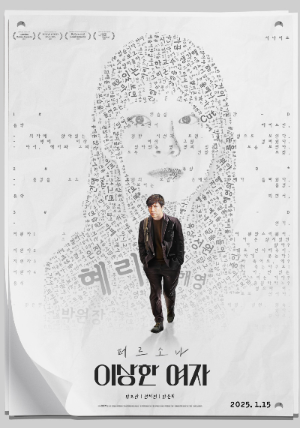
Introduction
In cinema, sound plays a pivotal role in crafting immersive experiences. Persona: A Strange Girl (2025) has captivated audiences globally, becoming a standout success in recent years. While its intriguing storyline and visuals are undeniably impressive, the auditory elements are the unsung heroes behind its appeal. This article delves into the sound director’s perspective to uncover how auditory design significantly contributes to the film’s widespread acclaim.
1. Immersive Soundscapes: Creating a Living World
One of the defining strengths of Persona: A Strange Girl is its ability to draw audiences into its world. The meticulously designed soundscapes bring every scene to life, from the bustling urban settings to the eerie, isolated moments. For example, the juxtaposition of ambient city noises with unsettling silences in critical moments builds tension effectively. The use of binaural audio technology enhances spatial awareness, making viewers feel as if they’re part of the narrative. This level of immersion not only captivates the audience but also reinforces the emotional depth of the story.
2. Strategic Use of Music: Amplifying Emotional Resonance
The film’s score, composed with a mix of haunting melodies and energetic beats, plays a vital role in guiding the viewer’s emotional journey. Key scenes are accentuated with carefully selected motifs that resonate with the protagonist’s struggles and triumphs. For instance, during pivotal turning points, a blend of minor chords and unsettling rhythms underscores the psychological tension. Conversely, uplifting themes provide relief in lighter moments, creating a dynamic emotional experience. This seamless integration of music ensures that the audience remains engaged and emotionally invested throughout the film.
3. Character-Driven Sound Design: Giving the Protagonist a Voice
In Persona: A Strange Girl, sound is also used as a narrative device to reflect the protagonist’s psyche. Subtle auditory cues, such as the distortion of background sounds during her moments of confusion or heightened clarity during revelations, mirror her mental state. Additionally, the interplay of diegetic and non-diegetic sounds blurs the line between reality and imagination, aligning the audience’s perception with that of the protagonist. This nuanced approach to sound design not only enriches character development but also deepens audience engagement, making the film a truly memorable experience.
Conclusion
The success of Persona: A Strange Girl (2025) is a testament to the power of sound in storytelling. From immersive soundscapes to emotionally resonant music and character-driven design, the film’s auditory elements elevate its narrative to new heights. As a sound director, it’s evident that the meticulous attention to detail in these aspects is a critical factor in its widespread acclaim. For filmmakers and enthusiasts alike, Persona: A Strange Girl serves as a masterclass in leveraging sound to create unforgettable cinematic experiences.